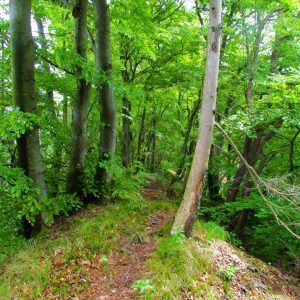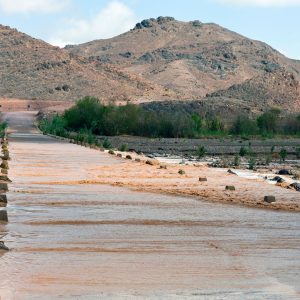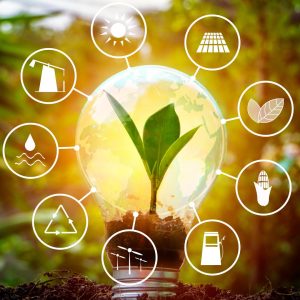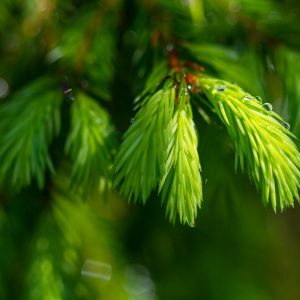The high price of early harvest berries
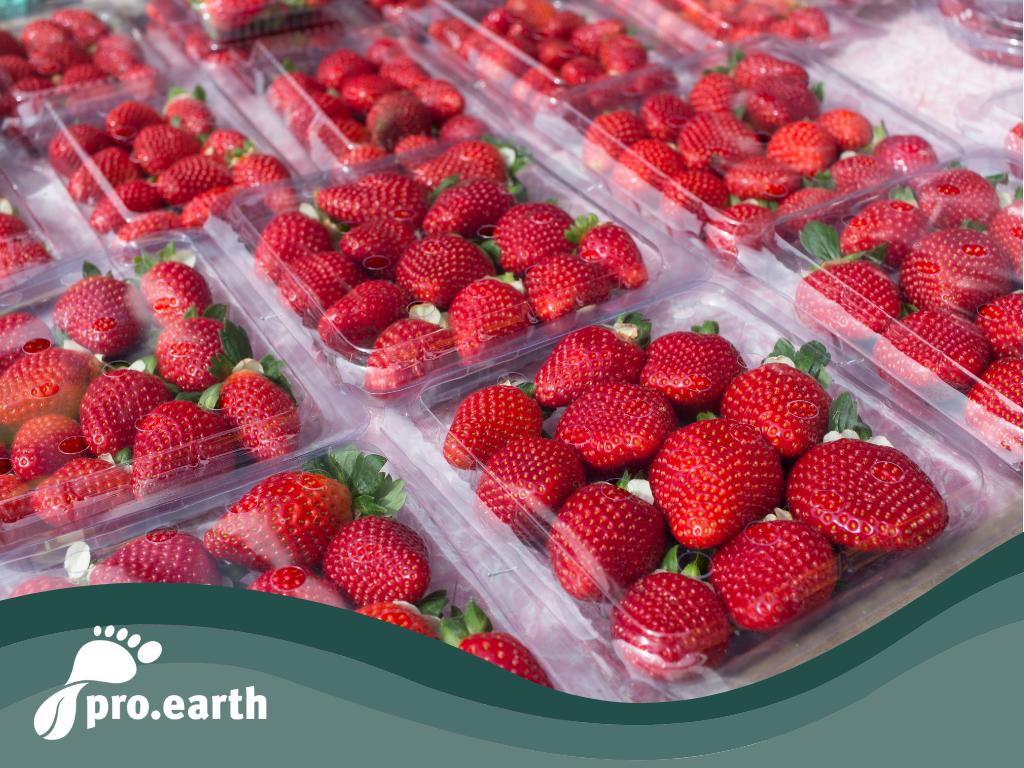
There's no doubt about it, they have an infinitely seductive effect on us all - early strawberries. Their bright red color alone seems like a promise of an approaching summer.
But we advise you to keep your hands off the sweet fruits!
They grow in dry Spain under plastic sheets that reach to the horizon, where they consume vast amounts of water.
To make strawberry asceticism easier for you, we have compiled the most important facts on the subject.
"Strawberries are heavy food for the earth because the fruit is thirsty and the areas where they are grown in southern Spain are dry. In addition to the emissions released by the transportation of strawberries from Spain, the high water consumption in the cultivation of the fruit is particularly problematic," explains Theresa Schiller. She is a freshwater expert at the World Wide Fund For Nature (WWF).
Strawberries are thirsty in Spain's driest region
A bathtub of water for a bowl of strawberries - imagine that!
In Spain, where water is scarce, the fruit is grown in huge monocultures. All under plastic tunnels - the arid province of Huelva, for example, is full of them.
"On average, it takes around 300 liters of water to produce one kilo of strawberries - in other words, two full bathtubs," explains the WWF.
An exciting side fact: the strawberry plantations are located around the Coto de DoñanaNational Park, which is a World Heritage Site, biosphere reserve and one of the most important wetlands in Spain.
With fatal consequences: The cultivation is draining the Doñana's groundwater.
Explaining that this causes animals to lose their habitat because they have too little water available and the scarcity of water puts the entire ecosystem at risk.
Small berry with a big footprint
The thirsty fruits have usually traveled a long way, so the carbon footprint of a bowl of strawberries is immense.
Pesticide exposure
After the exorbitantly poor results in 2018 (among many other carcinogenic and reprotoxic harmful substances, bupirimate was found, which is highly questionable and banned in our latitudes), Stiftung Öko-Test is now trying again. The results will be published in the May issue of Öko-Test.
We are excited!
Plastic waste
Obviously there are the plastic bowls in which they are sold, but there is more.
The plastic films used in greenhouses also create mountains of waste in the plagued cultivation country. They are usually disposed of on illegal garbage dumps, where they disintegrate due to the intense sunlight and turn into microplastics.
This is carried by the wind in all directions for further distribution and integration into the food chain.
pro.earth conclusion:
We recommend waiting a little longer for the regional strawberry season and making responsible purchasing decisions here too. Growing your own is also highly recommended, as the price for a few weeks earlier is incredibly high. 💚
